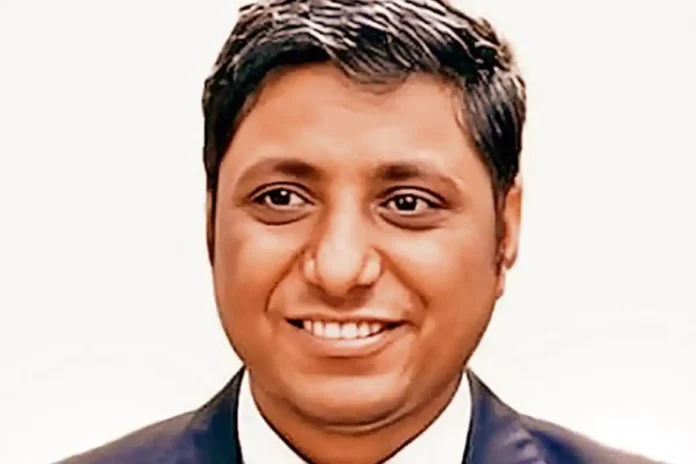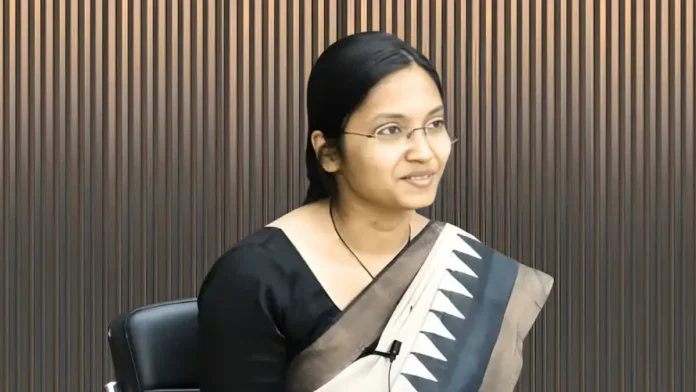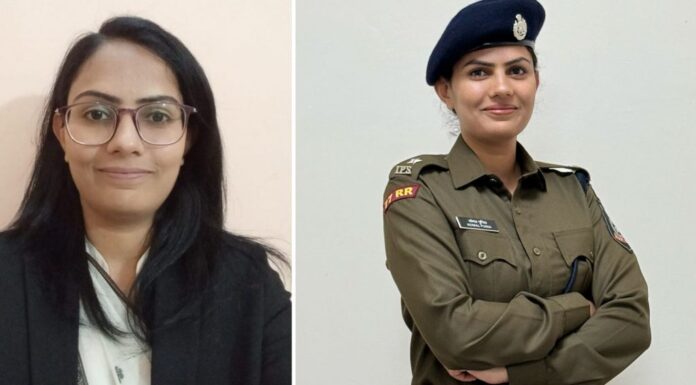Table of Contents
- Introduction
- Why Interpretability Matters in Machine Learning
- Unique Challenges in Explaining Quantum Models
- Definitions: Explainability vs Interpretability
- Black-Box Nature of Quantum Circuits
- Quantum Measurement and Information Loss
- Interpretable Quantum Models: What Is Possible?
- Visualizing Quantum Decision Boundaries
- Role of Entanglement and Superposition in Interpretability
- Classical Analogs for Understanding Quantum Layers
- Explainable Variational Quantum Circuits
- Observable-Based Explanations
- Attribution Techniques for QML Outputs
- Fidelity as a Measure of Influence
- Quantum SHAP and LIME-like Adaptations
- Post-Hoc Interpretability with Classical Surrogates
- Interpreting Quantum Kernels
- Trust and Ethics in QML Decision Systems
- Open Challenges in Quantum Explainability
- Conclusion
1. Introduction
Explainability and interpretability in quantum machine learning (QML) are increasingly important as quantum models are applied to real-world problems. Understanding why a QML model made a certain prediction helps with debugging, trust, compliance, and knowledge discovery.
2. Why Interpretability Matters in Machine Learning
- Builds user trust and confidence
- Ensures alignment with human knowledge and legal standards
- Critical in sensitive domains like healthcare, finance, and security
3. Unique Challenges in Explaining Quantum Models
- Quantum states cannot be fully observed without collapse
- Entanglement and superposition introduce non-classical dependencies
- Circuit dynamics are inherently unitary and less intuitive
4. Definitions: Explainability vs Interpretability
- Explainability: How well one can describe the model’s decision-making
- Interpretability: How easily a human can understand the inner workings
5. Black-Box Nature of Quantum Circuits
- Variational quantum circuits (VQCs) act like black boxes
- No explicit weights or feature importance like classical models
- Expectation values obscure direct cause-effect relationships
6. Quantum Measurement and Information Loss
- Only partial information can be extracted per run
- Probabilistic outputs reduce traceability of decisions
7. Interpretable Quantum Models: What Is Possible?
- Use shallow, structured circuits
- Restrict entanglement to maintain locality
- Correlate measurement outcomes with specific inputs
8. Visualizing Quantum Decision Boundaries
- Use 2D embeddings of input space
- Project measurement probabilities and decision regions
9. Role of Entanglement and Superposition in Interpretability
- Superposition → multiple states at once
- Entanglement → non-local correlations
- Interpretability must account for distributed causality
10. Classical Analogs for Understanding Quantum Layers
- Compare quantum circuit output to neural network activations
- Map circuits to equivalent classical transformations (e.g., Fourier basis)
11. Explainable Variational Quantum Circuits
- Use observable-based loss terms
- Train with sparse parameterizations
- Analyze intermediate expectation values
12. Observable-Based Explanations
- Track changes in Pauli expectation values with inputs
- Attribute output shifts to specific observables
13. Attribution Techniques for QML Outputs
- Measure sensitivity of output to small input changes
- Use derivative-based or gate removal techniques
14. Fidelity as a Measure of Influence
- Define feature influence as drop in fidelity when feature perturbed
- Fidelity maps feature contribution to decision boundary
15. Quantum SHAP and LIME-like Adaptations
- Approximate local QML behavior using classical surrogates
- Generate synthetic input variations and analyze output shifts
16. Post-Hoc Interpretability with Classical Surrogates
- Train interpretable classical models on quantum predictions
- Decision trees, linear models used for local explanations
17. Interpreting Quantum Kernels
- Analyze structure of kernel matrix
- Use eigenvectors to explain dominant features
18. Trust and Ethics in QML Decision Systems
- Transparency improves acceptance and fairness
- QML explainability still lags behind classical counterparts
- Important for regulatory applications
19. Open Challenges in Quantum Explainability
- Lack of general frameworks for QML interpretability
- Difficulty mapping circuit actions to human intuition
- Few datasets with interpretable quantum ground truths
20. Conclusion
Explainability and interpretability in QML are still in their early stages but essential for responsible quantum AI. While quantum mechanics imposes intrinsic limits, structured modeling, surrogate models, and measurement-driven techniques can enhance understanding and trust in quantum learning systems.




